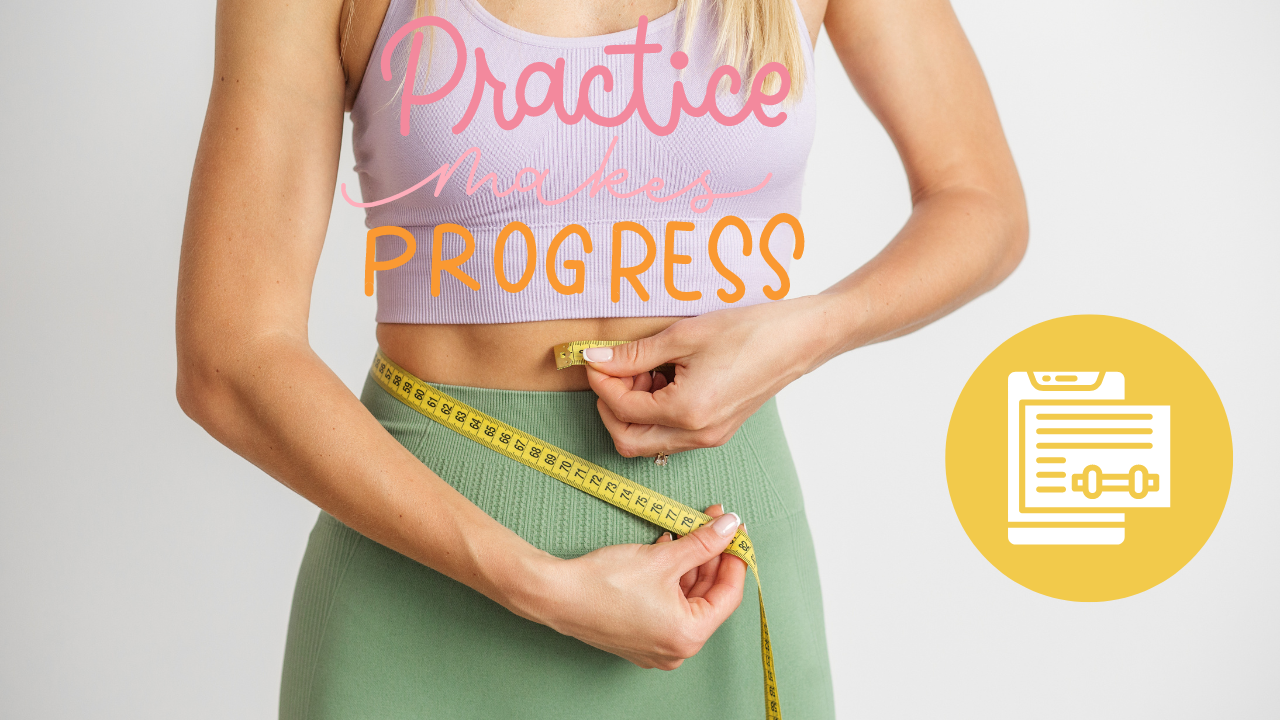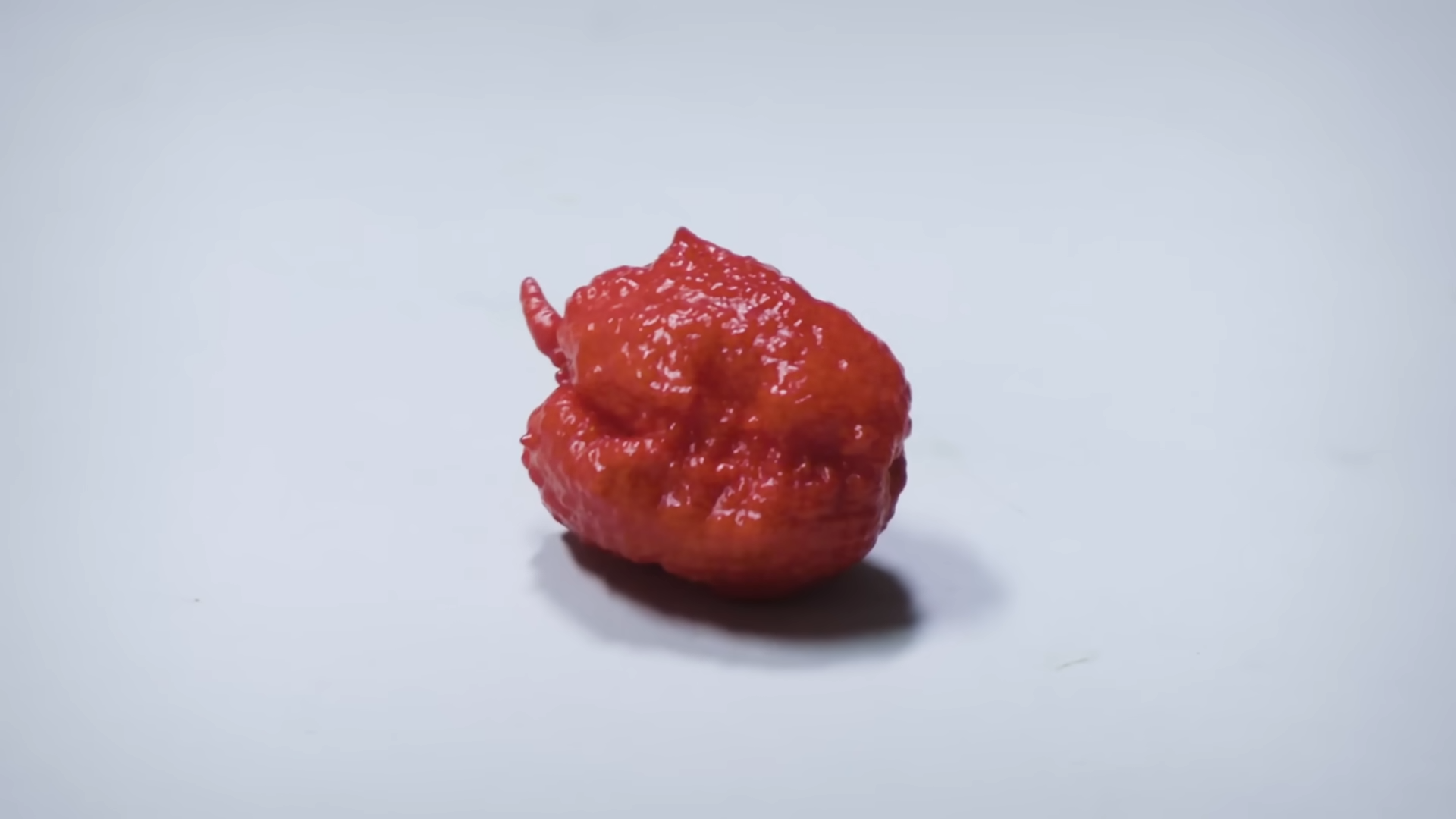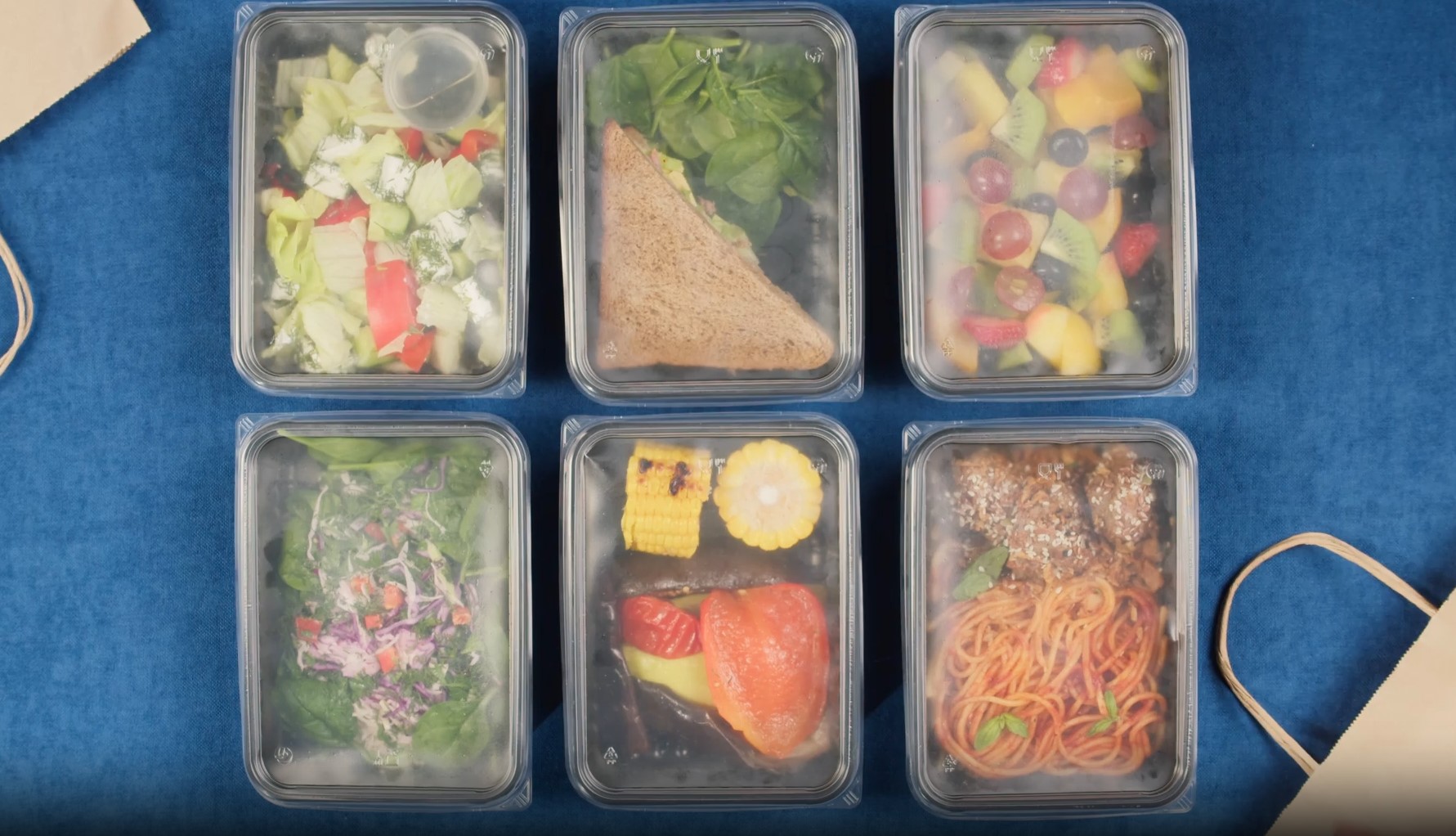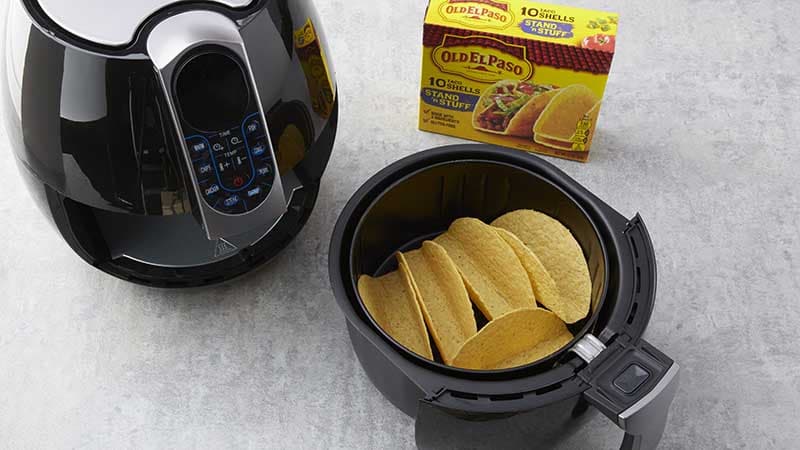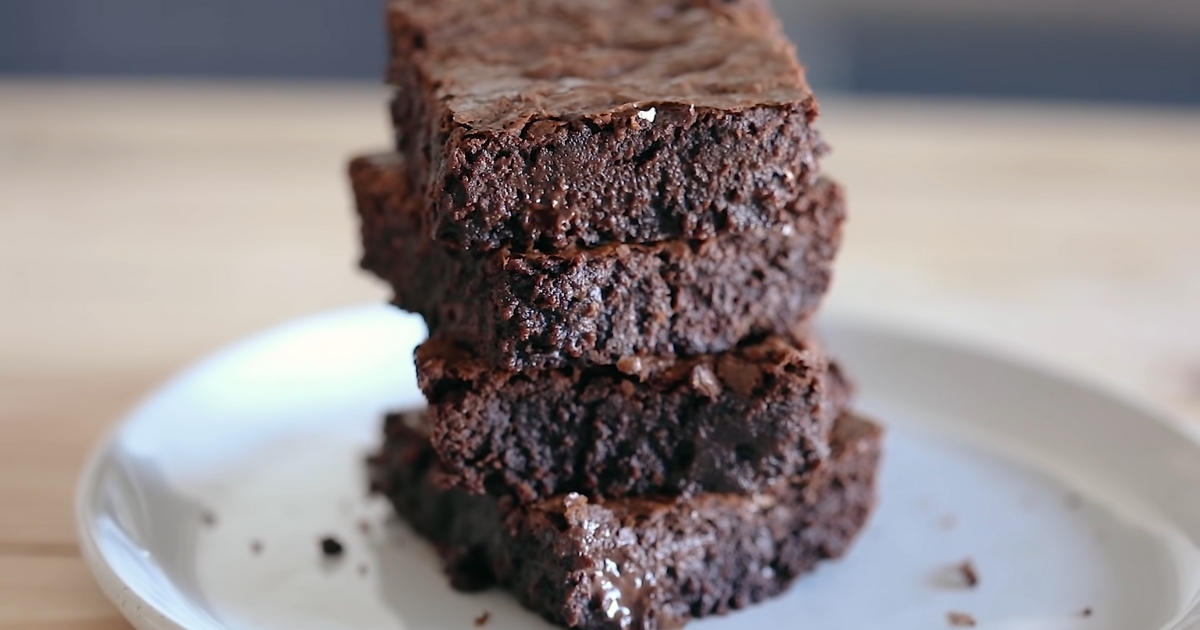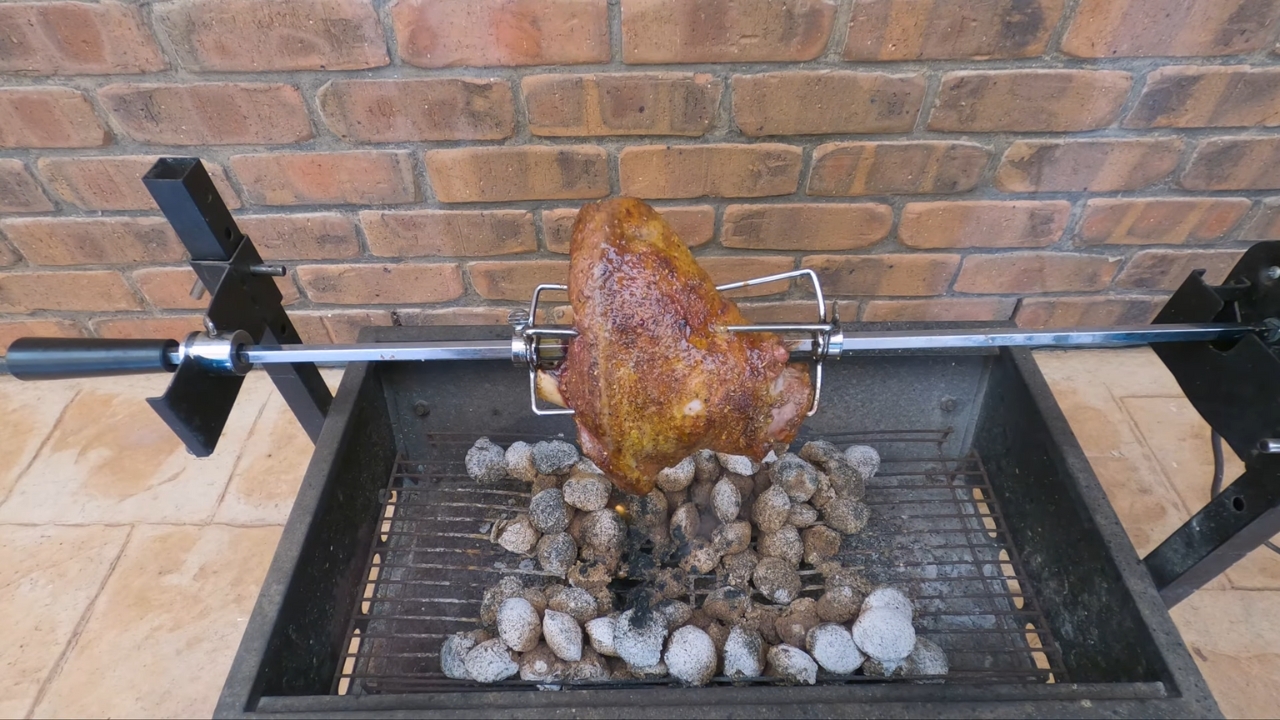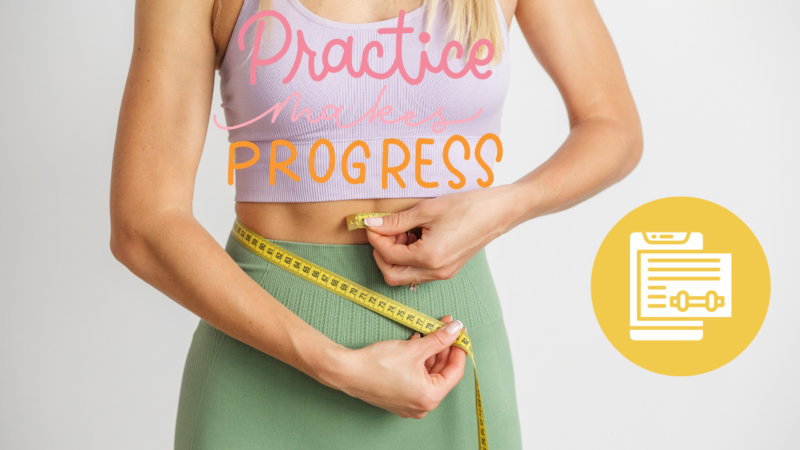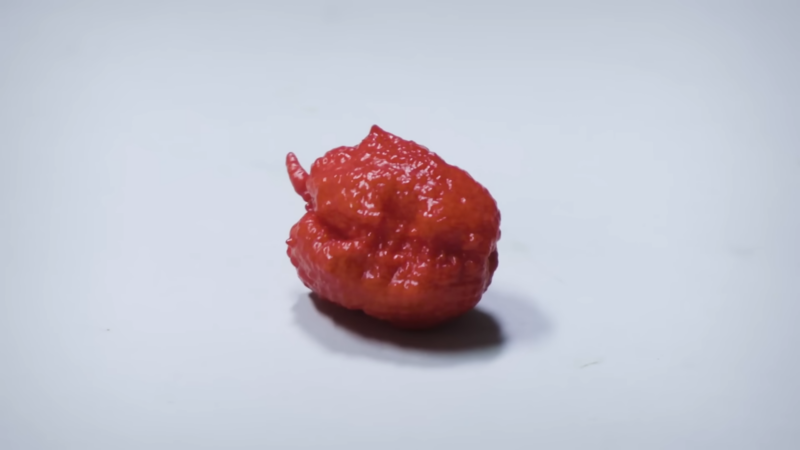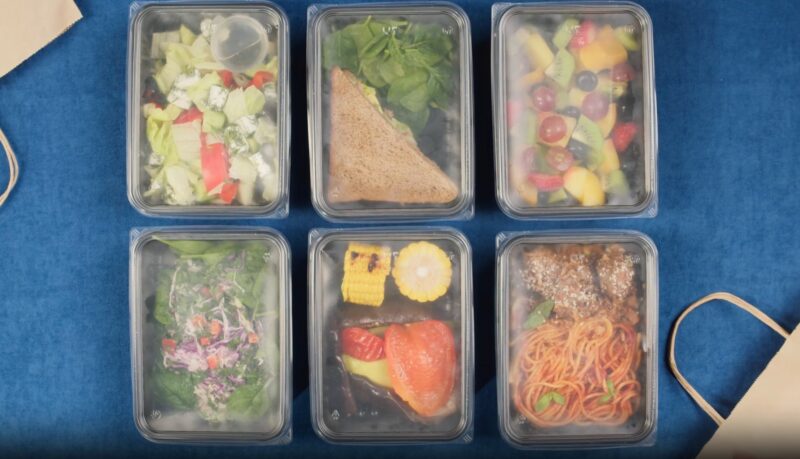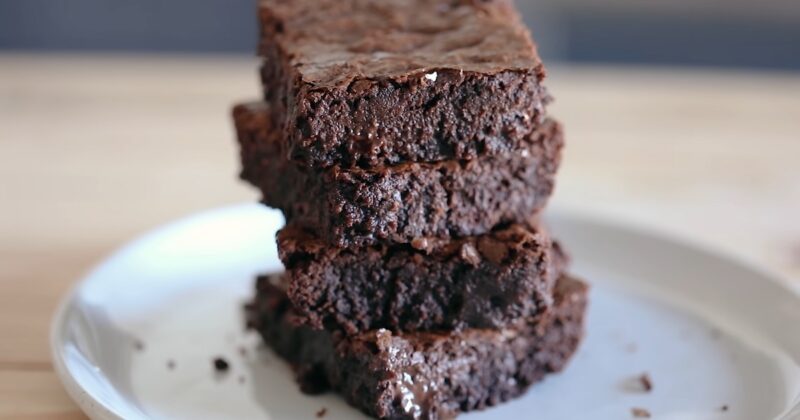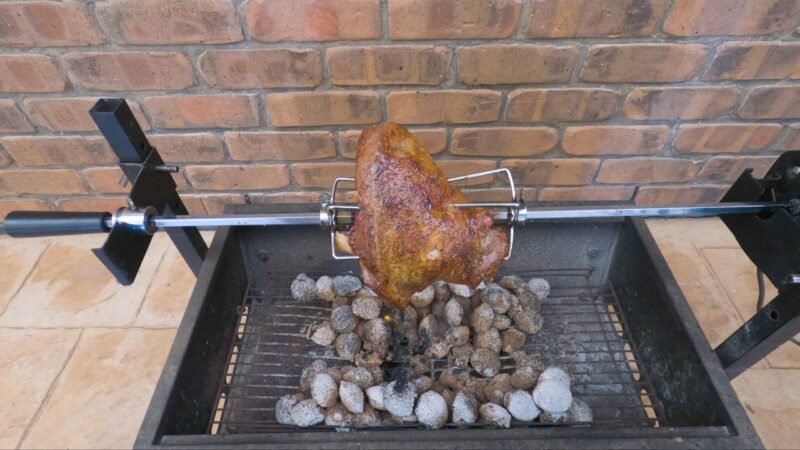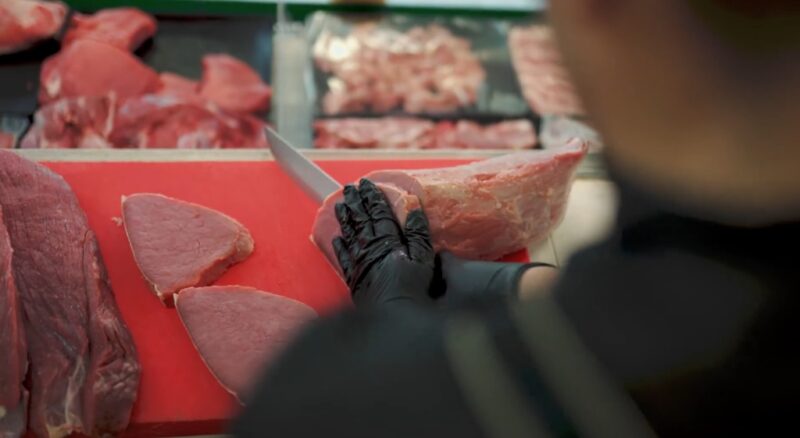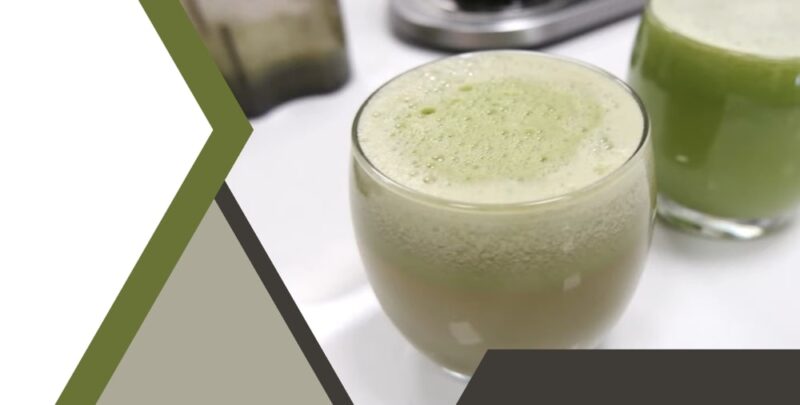
Although juicing is something that has been around for decades, it is only in recent times that it gained popularity amongst health and wellness enthusiasts all around the world. Everywhere you turn, you’re sure to come across a juice bar serving up a plethora of different fruit and veggie juices for you to enjoy.
As delicious as these juices are, they also tend to be on the rather pricey side. The solution? Make your own veggie juices at home. In today’s article, we look at a beginner’s guide to juicing vegetables and cover everything you need to know about incorporating fresh juices into your daily repertoire, so read on to find out more!
Table of Contents
ToggleFind Your Perfect Juicer
When it comes to juicers, you have the option of choosing either a cold press juicer or a centrifugal juicer. For those who don’t want to spend big bucks on a juicer, you always have the option of using a blender to make your juice – something we will touch on later in this article.
Centrifugal Juicers:
The centrifugal juicer works at an incredibly high speed of 3000-1000rpm, making juicing an incredibly fast and easy task. Centrifugal juicers were very popular amongst consumers back in the 90s and early 2000s due to their inexpensive price tag and efficiency at making juice.
Centrifugal juicers in 2023 are still inexpensive but are often referred to as the inferior variety of juicers due to high noise levels, increased oxidation rate of produce, and the high amount of wastage in the form of pulp.
Cold Press Juicers:
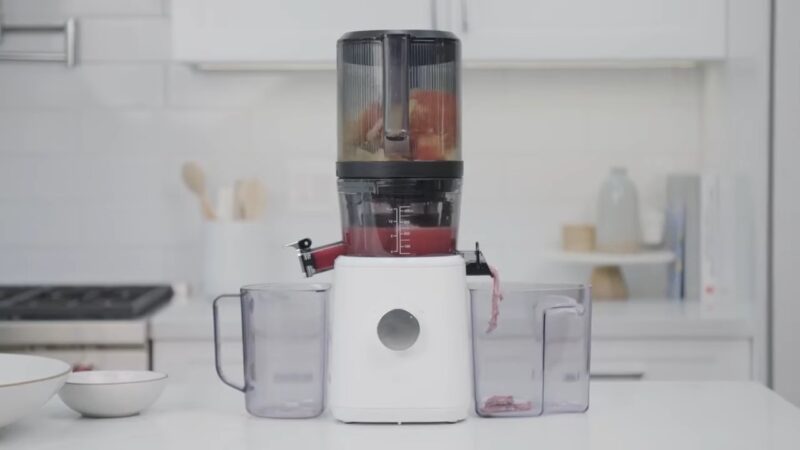
Cold press juicers are definitely the superior option due to their low noise levels, dry pulp and extremely slow working augers that mimic hand juicing. Although this means that you can expect to wait slightly longer for your fresh glass of juice, it also means that the nutrients in your produce are well preserved, and that oxidation is minimised to as little as possible.
Instead of blending your ingredients as a centrifugal juicer would, a cold press juicer essentially crushes your ingredients and helps in preserving the maximum amount of vitamins, enzymes and minerals in your fruits and vegetables.
Use A Blender Instead
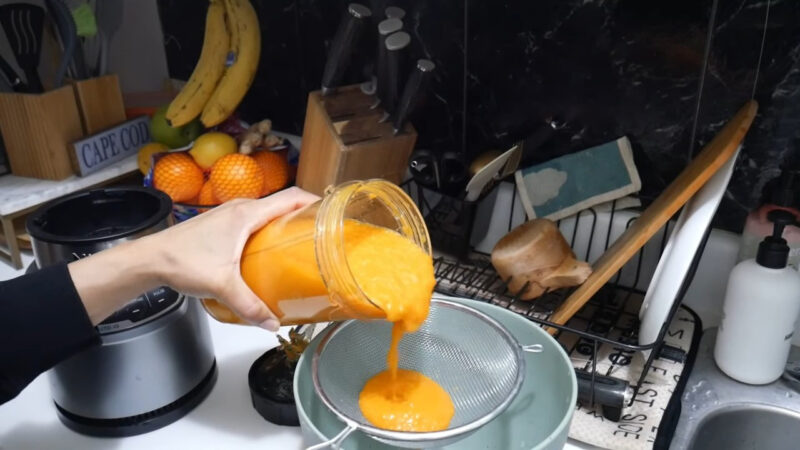
Lastly, if you’re not looking to buy a new kitchen gadget anytime soon, you can also use a blender to make your juice. The difference in using a blender is that you would have to blend your ingredients with a small amount of water and then proceed to sieve the pulp out of the juice with a strainer. This will take longer than using a juicer but is a great option for those who want to juice on a budget.
Choose The Right Produce
When it comes to juicing, choosing the right produce is essential. Certain fruits and vegetables are better off being blended than they are juiced, and knowing which varieties to pick is key. You should avoid trying to juice mushy fruit and vegetables that contain a low water content and should instead choose firm, ripe produce with high water content.
The Best Fruits & Vegetables To Juice:
- Soft Fruits: Pineapples, Citrus Fruit, Melons, Grapes
- Hard Fruits: Apples, Pears, Pomegranate
- Soft Vegetables: Spinach, Kale, Swiss Chard, Silverbeet, Mint, Coriander, Parsley, Cucumber, Capsicum, Zucchini
- Hard Vegetables: Celery, Red Cabbage, Carrots, Broccoli, Ginger, Beetroot, Turmeric, Fennel, Sweet Potato,
The Worst Fruits and Vegetables To Juice:
- Soft Fruits: Avocado, Banana, Mango, Plums, Kiwis, Banana, Figs, Papaya, Apricot, Peach, Berries
- Hard Fruits: Coconut
- Soft Vegetables: Eggplant
Prepare Your Veggies In Advance
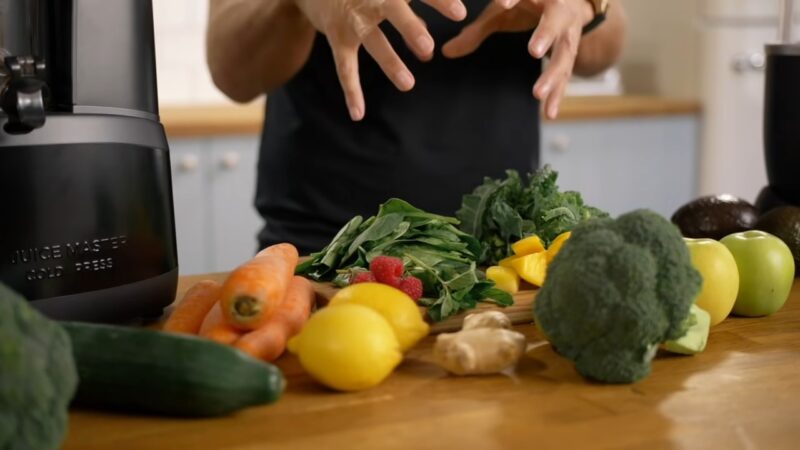
One of the best tips for anyone who is new to juicing and doesn’t want to feel overwhelmed is to prepare your veggies and fruit in advance. This could be as simple as washing them to remove any dirt or wax off the surface or even chopping everything the night prior.
This will ensure that you are able to make your fresh juice as quickly as possible the morning after. Do take note that certain ingredients such as pears and apples will have to be prepared fresh as doing so in advance will make them turn brown from oxidation.
Speaking of wax, whenever possible, we always recommend using organic produce in your juices. This is because organic farming is believed to yield plants with higher levels of vitamins, minerals and phytonutrients. Organic produce is also free from potentially harmful pesticides that you don’t want ending up in your fresh and healthy juice.
Clean Up On Aisle 1
You may be used to leaving some dirty dishes in the sink with plans of attending to them at a later time, but when it comes to juicing, we always recommend that you clean your juicer out as soon as you are done using it. Juicing is a messy business and will leave the pulp behind, there’s just no escaping it. Fresh pulp easily washes away with a rinse of warm water. On the other hand, the pulp that is allowed to sit and dry will glue itself to your juicer and make it an absolute pain to clean later in the day.
While all machines require thorough cleaning, some are easier to clean than others. When purchasing the ideal juicer for your needs, look for dishwasher-safe parts and an easy reassembly process.
Fruit To Vegetable Ratio
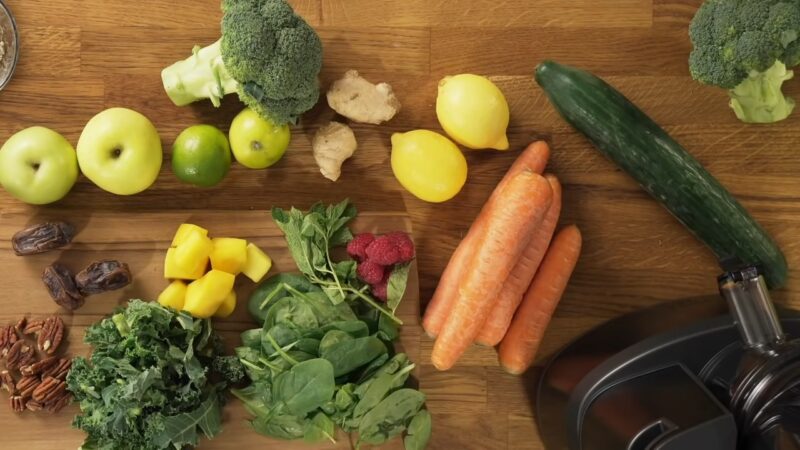
Finding the perfect fruit-to-vegetable ratio is important in order to ensure that you aren’t overdosing on sugar. Fruits add sweetness and flavour while vegetables offer body and nutritional value. Whilst fresh juices are incredibly healthy, they are also notorious for having incredibly high levels of sugar/ fructose when not prepared correctly.
In order to ensure that you’re not going to give yourself an accidental spike in blood sugar, start with a 25% fruit to 75% vegetable ratio. You can always alter this ration to include more vegetables and less fruit over time.
Fresh Is Best
Lastly, you may be tempted to make a large batch of juice and store it in bottles for the duration of the week, but we highly recommend against doing that. The longer your juice sits, the less vibrant it becomes as it interacts with oxygen. This also means that flavour suffers and nutrient/vitamin content starts to dwindle.
If you’re lucky and can find a juicer that comes with a vacuum function, you may be able to get away with storing your juice for up to a week. However, if you’re juicing the normal way, we suggest storing your juice for no longer than two days to preserve its integrity. When filling your bottles, always remember to ensure they are filled to the brim as this will reduce the amount of oxygen left in the bottle, which will help preserve your juice for longer.
Juicing is an incredible way to ensure that you’re getting essential vitamins and nutrients into your daily diet. By combining juicing with other healthy habits, you’ll find that you start feeling much more energetic and full of life almost instantly. We hope that this article has inspired you to head out, purchase a juicer or blender and embark on your juicing journey!
Related Posts:
- 10 Best Juicer Blenders - for Delicious and Healthy…
- Vegetables That You Can Freeze Without Blanching -…
- 12 Best Blenders Under $100 To Treat Your Taste Buds…
- 10 Best Commercial Juicer - Maximize Your Juicing Potential
- 10 Best Blender Juicer Combo 2023 - Review and…
- The Ultimate Guide To Starbucks Lemonade Drinks:…


